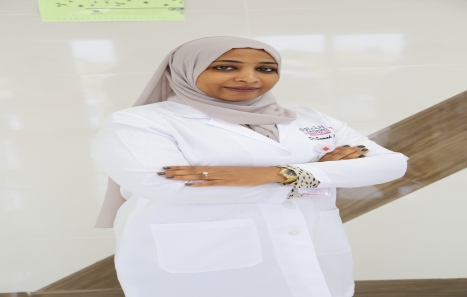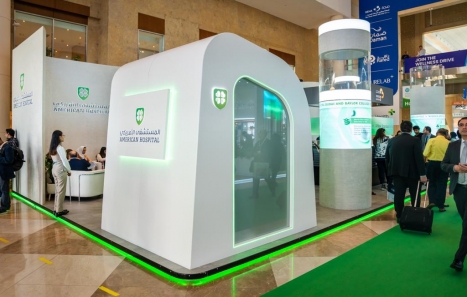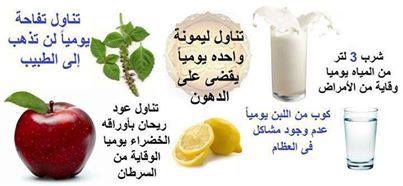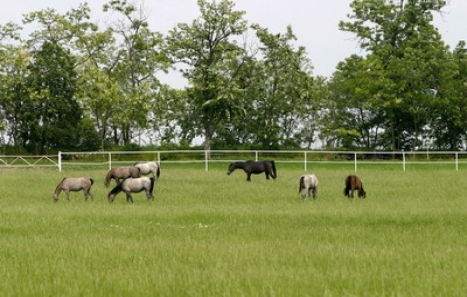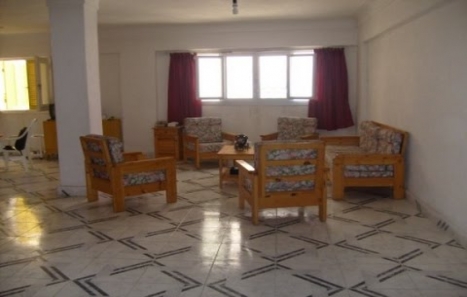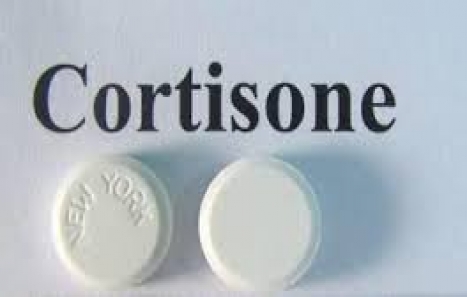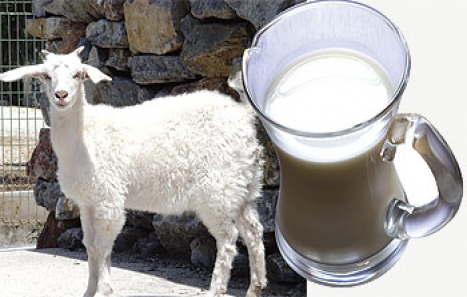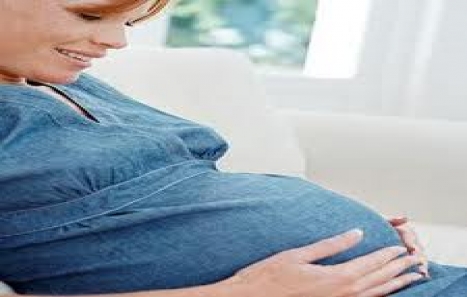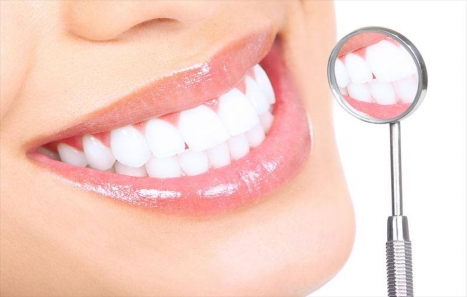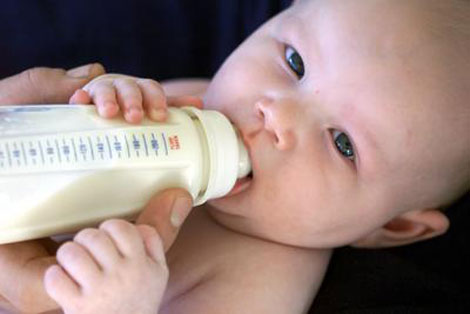Professor Hassan Zmerly.. Osteoporosis and Osteoarthritis: controversial relationship
الجمعة 24 ذو الحجة 1438 هـ - الجمعة 15 سبتمبر 2017 م 09:18:09 AM
Osteoarthritis (OA) and Osteoporosis (OP) are two common
musculoskeletal diseases that are affecting millions of people, particularly in postmenopausal women, with significant morbidity and mortality
OP approximately affects 30 % of women older than 50 years and 50 % older than 70 years, while OA is present in 50% of people older than 60 years.
OP and OA are completely different conditions. OP is a bone disease in which the mass and quality of the bone is reduced, leading to fractures
OA is a joint disease characterized by degeneration of articular cartilage and bone remodeling, it produces pain, stiffness and reduced movement of the affected joint
Osteoarthritis is a slowly progressive disease. It persists until the entire joint wears off completely; in advanced stage even the simplest tasks can be problematic.
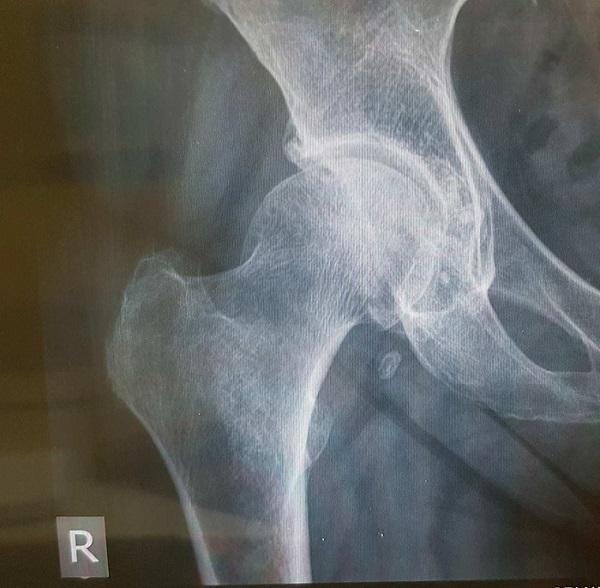
The most affected joint are knee, Spine, hand and hip. Osteoporosis is a silent disease, often produces no pain or other symptoms and the first signs in is bone fractures. The most afflicted bones are in the lumbar spine, the hip and the radios. Diagnosis is based on Xray for OA and DEXA for OP.
In the early stage, OA can be treated with lifestyle changes and the use of prescription medication
If pharmacological, joint injection and rehabilitative therapy are not sufficient and affective, surgical joint replacement has to be considered
OP treatment can range from advice on lifestyle, such as giving up smoking and diet to several drug options, including Calcium, Vitamin D and tablet or i.m. injections (Estrogen, Bisphosphonates, Parathyroide hormone ecc), prescribed to increase bone density
The inverse relationship of OP and OA are of particular importance, OA and OP have been observed and studied for more than 30 years, the topic remains controversial for some and stimulating for many.
Some theories have indicated that these are negatively correlated with each other, but others believed AO to be protective against OP.
People with osteoarthritis often have larger bones with a higher bone density which helps to give bones better strength and makes fractures less likely, but OA is divided into the atrophic and osteophytic types. Atrophic osteoarthritis is associated with low body mass and osteoporotic fractures
In many people, OA and OP occur together; in vertebral localisation it can be sometimes difficult to know which is causing the symptoms of back pain
In some cases high Bone Mineral Density (BMD) can be related to anatomical manifestation of OA ( osteophytes ecc), and there is no decrease in the fracture risk. However the frequency of vertebral body fracture was higher in the atrophic type, suggesting the involvement of osteoporosis in the onset of OA
trophic type of hip osteoarthritis is characterised by cartilage degradation without formation of osteophytes, and might have lower bone quality. In this case osteoporosis must be diagnosed and treated in order to prevent bone fracture, even in case of joint replacement
In conclusion, individuals with vertebral and hip OA present higher Bone Mineral Density and can be protect against osteoporosis, but different types of OA exist with specific bone structural properties and different fracture risk
The differences between the reports in the literature about the relationship between OA and OP can be due to the lack of consideration osteoarthritis subtypes.
However, both conditions can co-exist and individuals with OA may have higher fracture risk
Professor Hassan Zmerly charge of' the Operative Orthopaedics and Traumatology Unit at San Pier Damiano Hospital in Faenza -Italy and Professor of Orthopedics at Ludes HEI Malta, Campus Lugano-Switzerland











